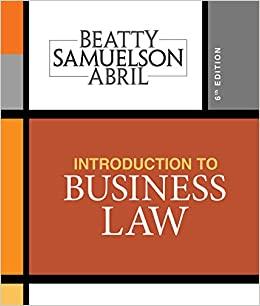Answered step by step
Verified Expert Solution
Question
1 Approved Answer
Can you please help me solve the following question (especially f,g, and h)? I have solved a, b, c, and e. I skipped d because


Can you please help me solve the following question (especially f,g, and h)? I have solved a, b, c, and e. I skipped d because I don't think it's necessary to solve f,g, and h. I started f, but I'm not sure how to continue the question.
The first image is the question and the second image is my answers.


Step by Step Solution
There are 3 Steps involved in it
Step: 1

Get Instant Access to Expert-Tailored Solutions
See step-by-step solutions with expert insights and AI powered tools for academic success
Step: 2

Step: 3

Ace Your Homework with AI
Get the answers you need in no time with our AI-driven, step-by-step assistance
Get Started


